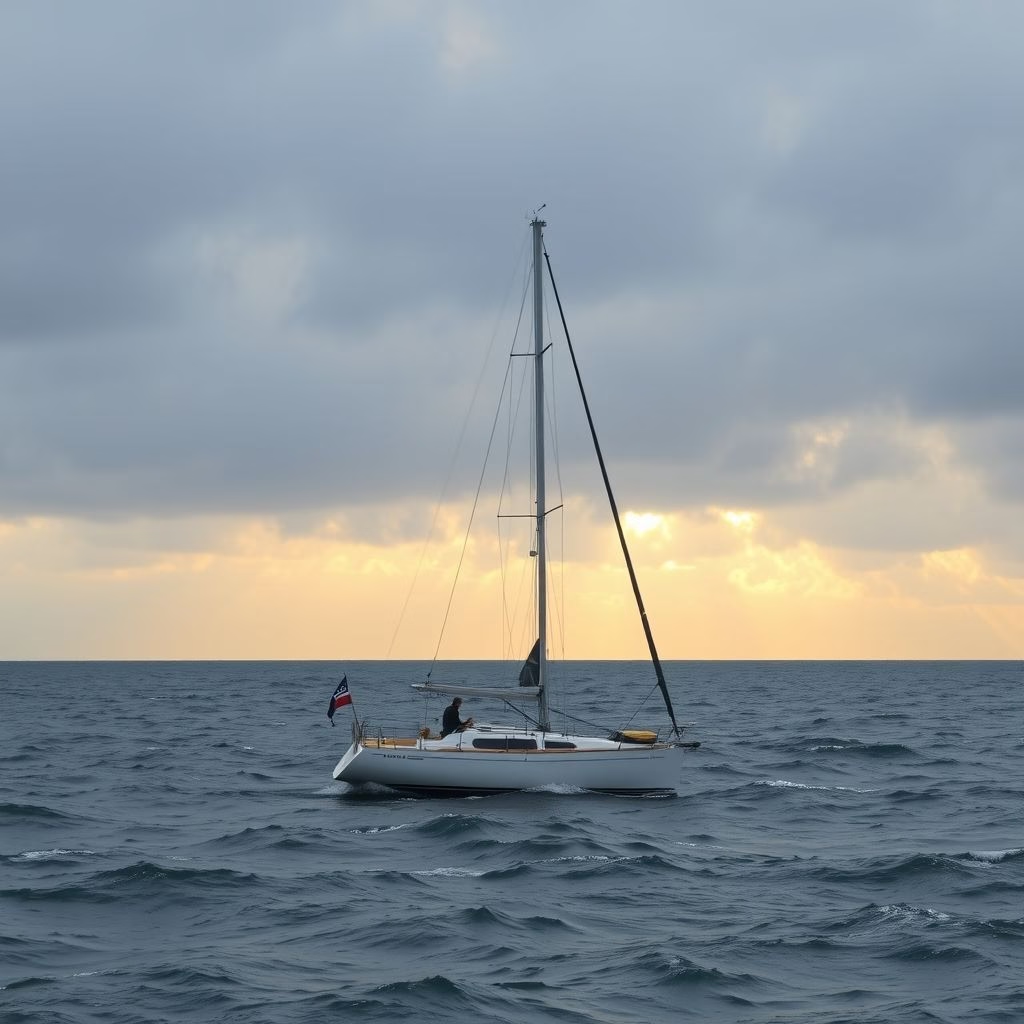Navigating the Waves: Understanding Coastal Flood and Small Craft Advisories

Understanding Coastal Flood and Small Craft Advisories: Staying Safe on the Water
The sea can be a powerful and unforgiving mistress. Whether you’re a seasoned sailor or a weekend boater, understanding the hazards of coastal waters is paramount. This is where the National Weather Service (NWS) steps in, providing critical information to help mariners navigate safely. One of the primary tools in their arsenal is the coastal flood advisory, and a related warning called the Small Craft Advisory (SCA).
What is a Coastal Flood Advisory?
Coastal flood advisories are issued by the NWS to alert mariners to potentially hazardous conditions along the coast. These advisories are designed to warn those who work and play on the water about impending dangers. The specific risks these advisories cover vary, but they generally relate to the potential for flooding, high winds, and dangerous wave conditions.
The Small Craft Advisory: A Warning for Smaller Vessels
A Small Craft Advisory (SCA) is a specific type of advisory issued within Coastal Waters Forecasts or Nearshore Marine Forecasts. It’s designed to alert smaller vessels to conditions that might pose a threat. While the term “small craft” is broad, the advisory is intended to inform those who may be operating boats or ships that are more vulnerable to challenging weather.
What Triggers a Small Craft Advisory?
The thresholds for issuing a Small Craft Advisory aren’t uniform; they vary depending on the geographic area. However, there are common criteria. Generally, an SCA is issued when sustained winds or frequent gusts are expected to reach a certain speed. In many areas, this means winds between 25 and 33 knots. Additionally, the advisory might be issued when seas or waves are forecast to reach 5 to 7 feet or greater. It’s crucial to remember that these are general guidelines, and the specific criteria can be adjusted based on the characteristics of a particular location.
The NWS considers several factors when issuing an SCA. It’s not just about wind speed and wave height. Other elements, such as the type of vessel, the operator’s experience, and the seaworthiness of the craft, are also carefully evaluated. A seasoned captain in a sturdy vessel can handle conditions that might be dangerous for a novice in a smaller boat.
Visual Warnings: Flags and Lights
In some coastal areas, the NWS or local authorities use a visual system to quickly communicate hazardous conditions to mariners. This may involve the use of flags, pennants, and colored lights. These visual signals can offer an immediate indication of the risks present, allowing boaters to make informed decisions even from a distance.
Staying Informed: The Key to Safety
Staying informed is the most crucial aspect of safe boating. Before you head out on the water, check the latest forecasts and advisories from the NWS. You can access detailed marine forecasts, including SCAs, through various channels, including the official NWS website and other reputable weather sources.
Making Smart Decisions
When a Small Craft Advisory is in effect, it’s time to exercise caution. Consider postponing your trip if possible. If you must venture out, make sure your vessel is properly equipped, your crew is experienced, and you are prepared for challenging conditions. Always err on the side of safety.
Understanding coastal flood and Small Craft Advisories is a fundamental aspect of responsible boating. By paying attention to these warnings, you can significantly reduce your risk and contribute to a safer and more enjoyable experience on the water. The NWS is committed to providing timely and accurate weather information. Your job is to listen, learn, and make smart decisions.
For Further Reading:
To gain a deeper understanding of these warnings, explore the following resources:
National Weather Service Coastal Waters Forecasts: https://forecast.weather.gov/product_sites.php?site=NWS&product=CFW
NOAA’s NowCoast: https://nowcoast.noaa.gov/
Weather.gov Marine Information: https://www.weather.gov/marine/cwd




